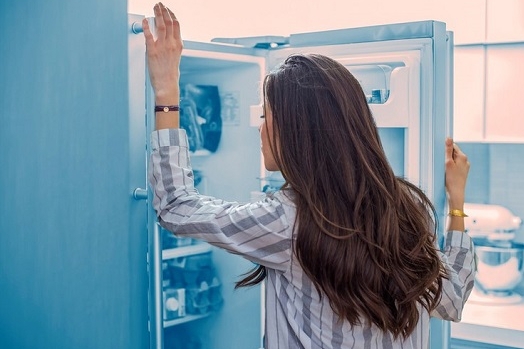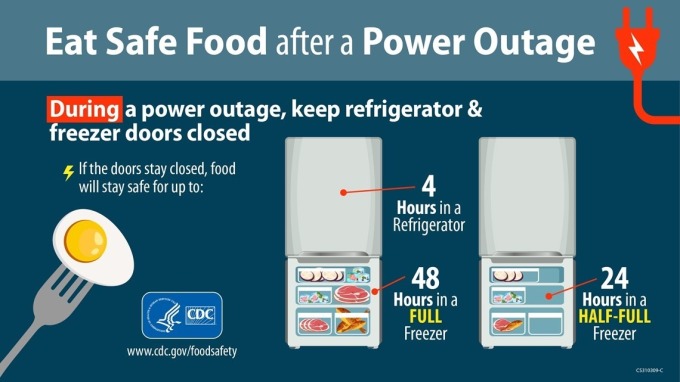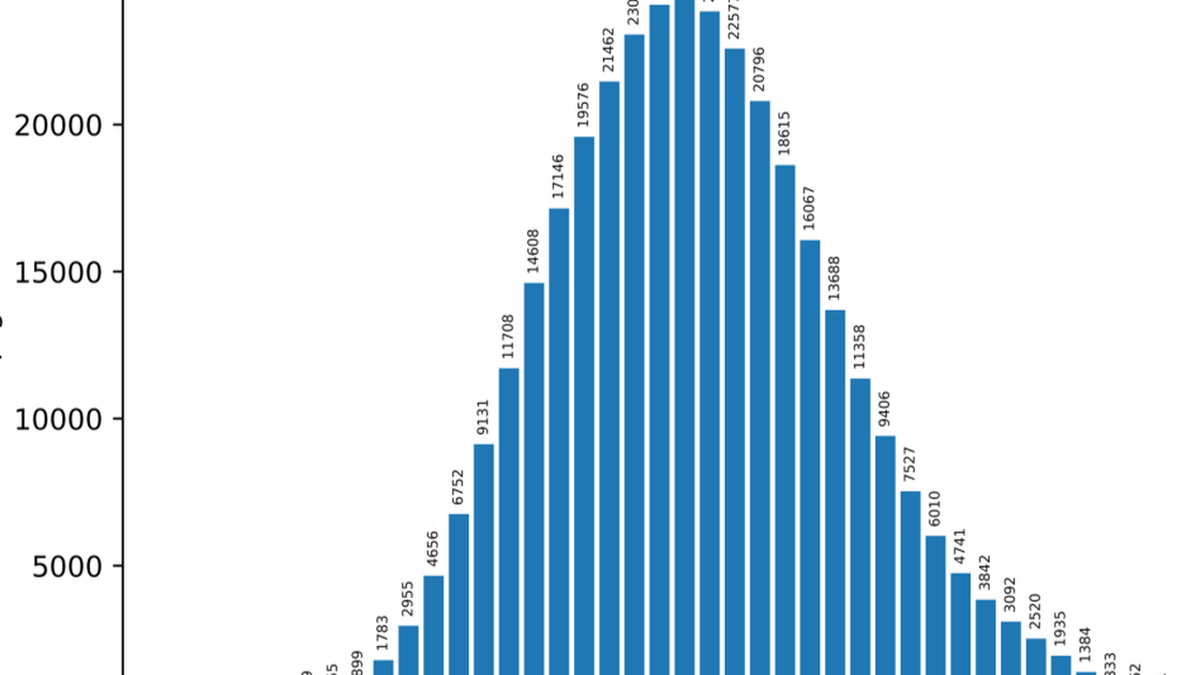Frozen foods may not be safe after a power outage, so you need to take appropriate safety precautions before, during, and after a power outage.
Power Outage Contingency
Make sure you have appliance thermometers in your refrigerator and freezer. Check to make sure the freezer temperature is -17 degrees Celsius or below and the refrigerator is 4 degrees Celsius or below.
In the event of a power outage, the appliance's thermometer will indicate the temperature in your refrigerator and freezer to help you determine if your food is safe.
Stock containers filled with ice to help keep food cold in the freezer, refrigerator or cooler in case of a power outage.
Freeze refrigerated items like fresh meat and poultry that you may not need right away. This helps keep them at a safe temperature longer.
Group foods together in the freezer. This helps keep food cold longer.
Store ice cubes and cold gel packs in the refrigerator, in case of power outage.
CDC's guide to keeping food safe in refrigerators and freezers during a power outage. Photo: CDC
When the power goes out
Keep the refrigerator and freezer doors closed as much as possible to maintain cold temperatures. A refrigerator will keep food safe for about 4 hours if unopened. Meanwhile, a full freezer will keep its temperature for about 48 hours (24 hours if the freezer is half full) if the doors are left closed.
Purchase dry ice or block ice to keep your refrigerator as cold as possible if the power goes out for an extended period of time.
When the power comes back on
As soon as the power is restored, check the temperature of the refrigerator and freezer compartments. If the freezer thermometer reads -17 degrees or below, the food is safe and can be refrozen.
If you don't have a thermometer in your refrigerator, test each package of food to determine its safety. If the food is still rock hard or cold enough, it is safe to refreeze or cook again.
In the event of a prolonged power outage (say, a full day), you should inspect all food. Any perishable food in the refrigerator, such as meat, poultry, seafood, milk, eggs, or leftovers that have been at temperatures above 40 degrees Fahrenheit for four hours or more, should be thrown away. Perishable food that is 40 degrees Fahrenheit or lower (measured with a food thermometer) is safe but should be cooked and consumed as soon as possible.
Be aware that perishable foods such as poultry, seafood, milk, and eggs that are not adequately refrigerated or frozen can cause illness if ingested, even if they are thoroughly cooked. Throw away any food that has an unusual odor, color, or texture.
According to VNE
Source








































































































Comment (0)